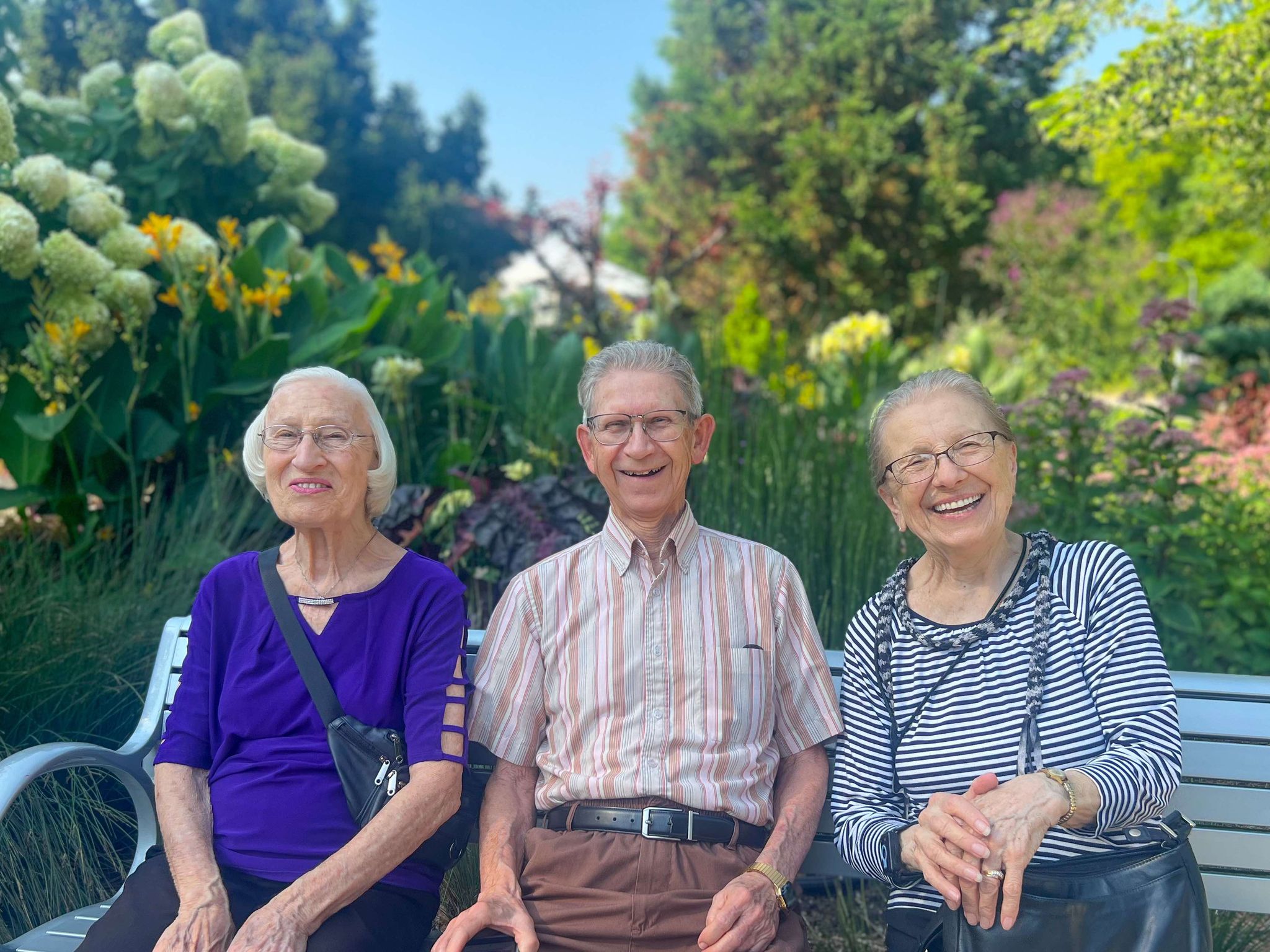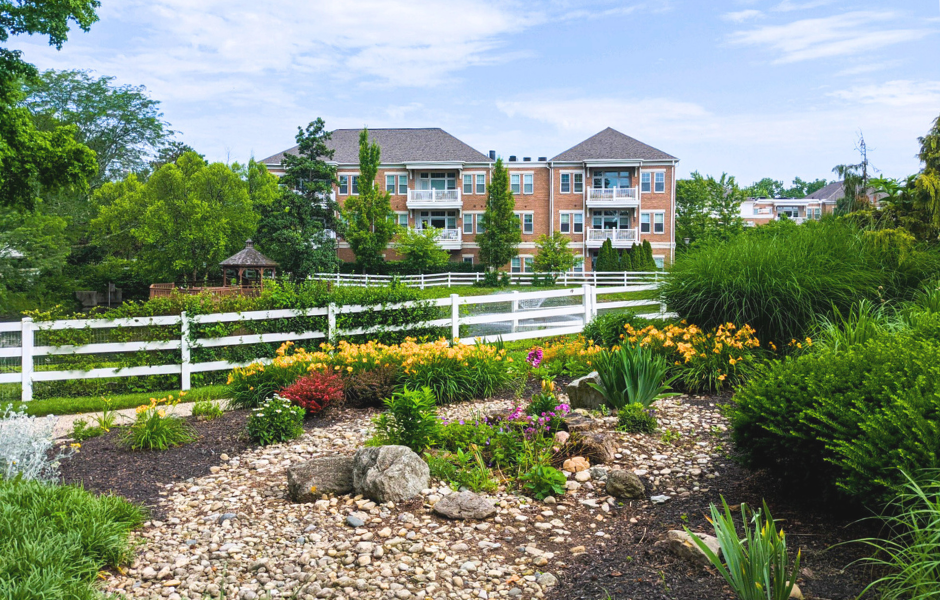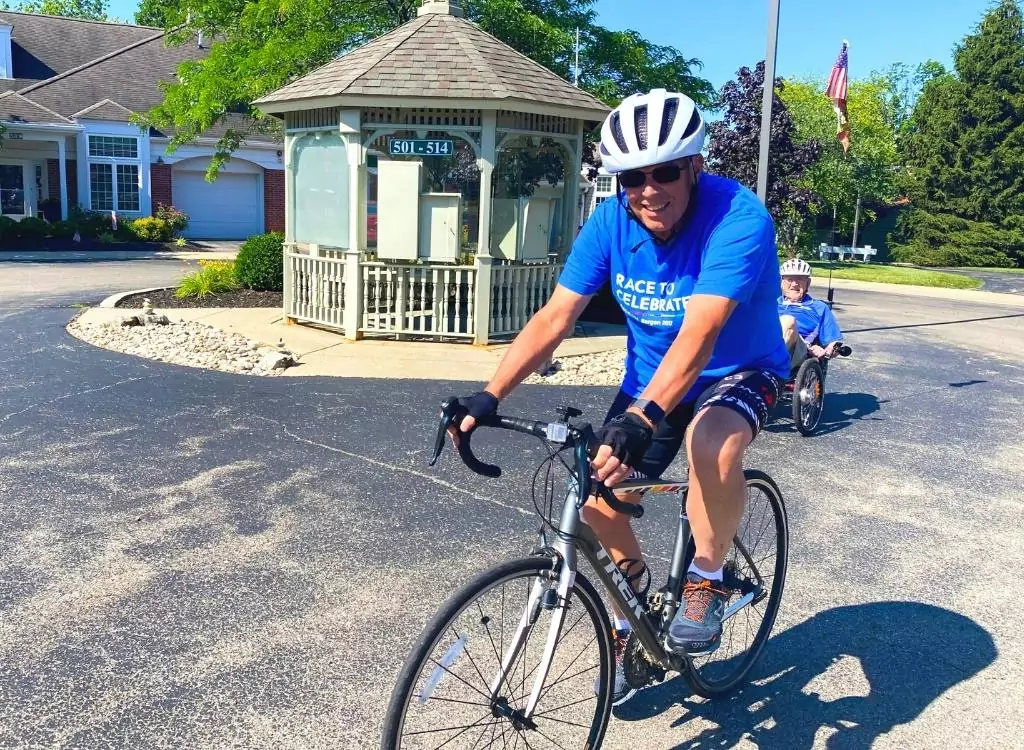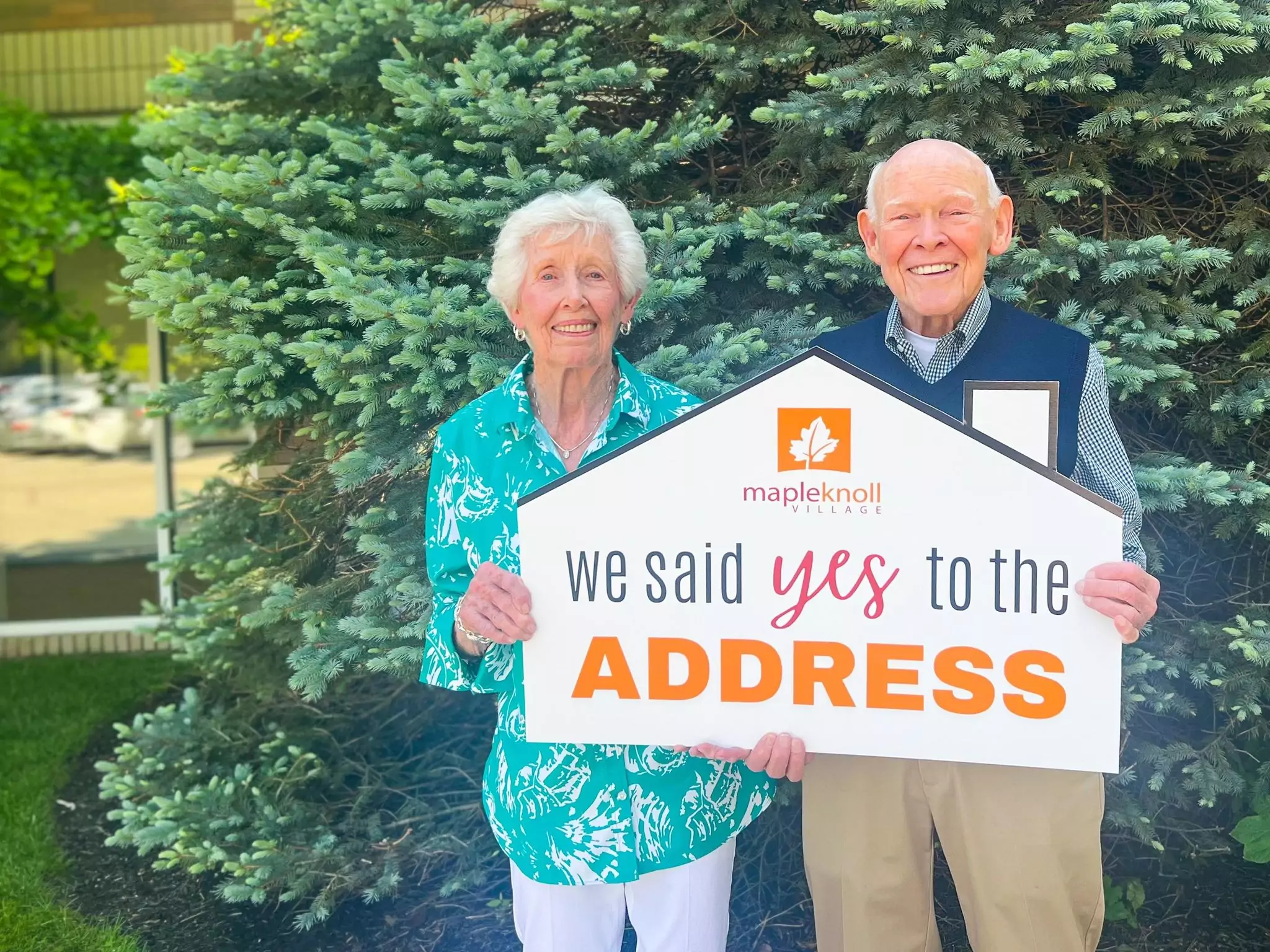Moving into a senior living community is a major life decision that requires careful consideration, especially when it comes to financial planning. Understanding the types of senior living communities, assessing the costs, and budgeting for the future are all essential to making an informed decision.
Senior living communities come with a range of services, amenities, and costs. Identifying the type of community that best suits your needs is the first step in planning your finances for senior living.
- Independent or Active Adult Communities: These communities provide a residential environment with many amenities and activities but tend to offer minimal medical care. Their costs are generally lower than other communities since they do not include healthcare services.
- Assisted Living: Assisted living facilities offer more extensive healthcare services including assistance with daily activities, bathing, or dressing. The cost may be higher than other communities due to the level of care provided. If residents require more care than the assisted living community can offer, they may need to hire additional assistance or relocate to a skilled nursing facility, which can further increase expenses.
- Continuing Care Retirement Communities (CCRCs): CCRCs provide a full continuum of care including independent living, assisted living, and skilled nursing care, all within the same community. These communities may have a higher price than others, but offer considerably more healthcare services, amenities, and life enrichment opportunities.
Assess the Costs
If you added up the cost of all your monthly expenses, what would the total be?
Many seniors are often surprised to find that when they add up all of their current expenses, they are already spending as much, if not more, than what the monthly fee at a senior living community would be.
Living at home requires you to pay separate bills for most expenses such as your mortgage, utilities, home maintenance, and other services. You also have to budget for things like groceries, healthcare costs, entertainment, and travel expenses.
Imagine how much easier managing your finances would be if your expenses were bundled into a single monthly payment. That is exactly the kind of structure senior living communities can provide.
At communities like Maple Knoll Village, your monthly fee covers all essentials including your rent, utilities, maintenance, housekeeping, and more. But the value goes beyond just the basics—this fee also includes a wide range of life-enriching activities from educational workshops and happy hours to musical performances and excursions. Plus, residents enjoy access to many on-site amenities like the fitness center, technology lab, swimming pool, library, and more.
Try out Maple Knoll Village’s comparison evaluation form to see how your current expenses stack up against the cost of living in a retirement community.
Budget for the Future
Planning a budget for the future is essential when considering senior living, as it provides financial stability and peace of mind throughout your retirement years.
Start by evaluating your current income sources, including Social Security, pensions, investments, and savings. Compare this income list to the costs associated with senior living, while also factoring in potential future expenses. As you age, your healthcare needs and the level of assistance required may increase, making it essential to plan for these possibilities.
Choosing a continuing care retirement community (CCRC) can be an excellent option for those looking to budget and plan for the future. With all levels of care available on a single campus, you can have peace of mind knowing your needs will be met, no matter how they evolve over time. CCRC’s typically have a one-time entrance fee accompanied by a monthly fee that is designed to ensure all of your needs are met. As a non-profit CCRC, Maple Knoll Village is able to provide an added layer of assurance to residents with the Future Care Plan. This benevolent care program provides financial support to residents should their monetary resources become depleted due to no fault of their own ensuring all of their needs continue to be met.
A well-developed financial plan allows seniors to enjoy retirement without the constant worry of financial uncertainty. This includes having the resources to pursue hobbies, travel, and other activities that enhance your quality of life. Working with a financial planner can help you create a realistic budget that accounts for both your current situation and future needs.
For more information on financial planning resources or to learn more about Maple Knoll Village please contact us at 513-782-2717.











